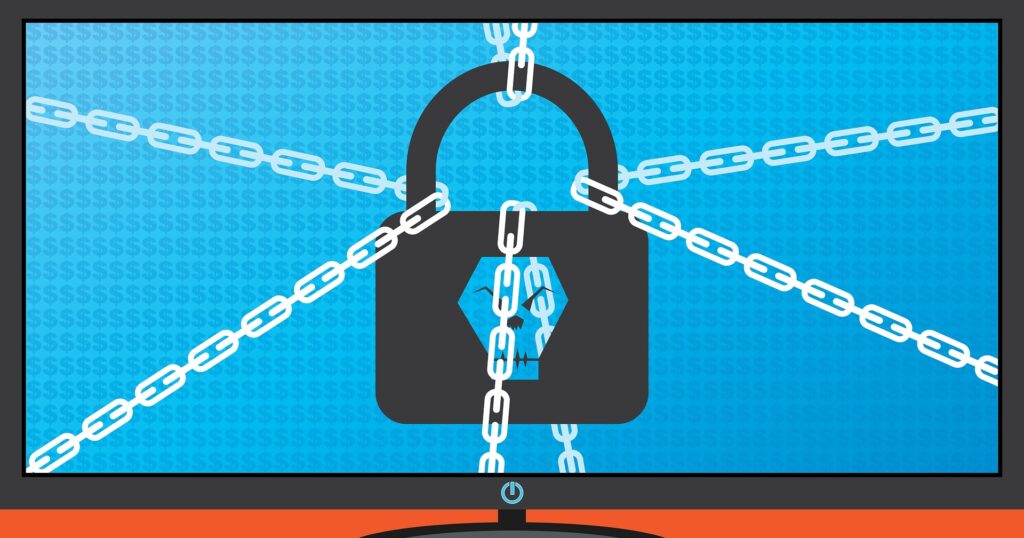In an ideal world, you would be able to ignore anybody attempting to access the network of your firm and yet have full faith that they are doing it with the best of intentions. However, in practise, it is impossible to predict when or how a malicious actor can attack the business data of your organization.
That’s a terrifying prospect for any business, but thankfully, there’s an all-encompassing answer. In this article, we will discuss what zero trust architecture is, why your business needs a zero-trust security strategy, and how to choose the best zero trust provider.
What is Zero trust architecture?
A zero-trust architecture is a kind of network security that does not provide any form of implicit trust to users who are attempting to access a business network. In a zero-trust environment, even requests for access from inside the company’s own firewall are treated with suspicion. The phrase “never trust, always verify” encapsulates the spirit of zero trust.
It’s a radical departure from the traditional “castle and moat” strategy to cybersecurity that many businesses have used in the past. These conventional perimeter-based approaches have traditionally relied on implementing a series of authentication checkpoints throughout the network to achieve their desired effects. We check everyone in at the gate before letting them inside the network (the castle) (i.e., the moat). As soon as a person or device is granted access, they are free to do anything they choose with the system.
In a nutshell, it is a major issue. Why? This is due to the fact that network-centric security models provide a high degree of trustworthiness to previously authorised users or endpoints. If the user’s credentials are compromised by a hostile actor, the “trust, but verify” concept raises the likelihood of a data loss event.
However, the zero-trust security paradigm takes the complete opposite tack when it comes to allowing users access to the network. Instead of taking for granted that all authorised users can be trusted, a zero-trust approach considers all access requests as if they came from an insecure open network and constantly checks the identity of the requesting user.
Implementing zero trust in turn enables you to do the following:
To prevent malware from spreading laterally across your network, you should patch any security holes you find.
- Strengthen your remote and hybrid workforce’s cybersecurity measures.
- Give users risk-free access to their data and apps, regardless of whether they are stored in the cloud or on-premises.
- Protect against malware and ransomware, two types of threats whose complexity is growing.
Value of Zero Trust Architecture Model
The present state of the internet is not a friendly place. Hackers have the potential to get access to the information of organizations and use this access to acquire, harm, or keep private information (including Personally Identifiable Information (PII), Intellectual Property (IP), and Financial Information). It might be argued that there is no such thing as an ideal network security system, and that cyberattacks will always occur, however Zero Trust reduces the security risks and narrows the target area.
Zero Trust is among the most effective methods for businesses to control who has access to what on their networks. In the case of a data breach, it uses a number of precautionary measures, such as the following, to limit the actions of unauthorised users and restrict the rights they are entitled to:
- Authentication
- Intrusion prevention
- Minimal privilege restrictions
- Behavioural analysis
By separating the network into identities, teams, and functions and strictly restricting access permissions, a business may implement Zero Trust security and so avoid breaches and reduce the likelihood of potential dangers.
Why do Business need Zero trust security Architecture?
According to the zero-trust security model, everything on the inside is safe by design, and the only thing that needs to have acceptable security is access from the outside network.
The majority of data breaches now occur because hackers are able to get past company firewalls and freely roam within a private network, leading many security professionals to conclude that the traditional approach to protection is useless.
Cybercriminals are always on the lookout for commercial networks with limited levels of protection, and this may explain why many firms fall victim to attacks. It’s concerning that anybody inside the company may access any part of the network and potentially disclose whatever information they choose.
As a result, businesses in today’s world need an entirely new way of thinking about access control inside the company. This helps to limit the risk of data being compromised by a malicious third party.
Benefits of Getting Zero trust security architecture Mechanism
- Protect sensitive business information and Brand Repute
Protecting sensitive business information should be the first concern for every business that is going on the path to digital transformation. This not only helps to avoid losses that may run into the millions of dollars, but it also helps to maintain a positive reputation for the brand.
Identity theft is another potential consequence of weak security measures that might cost businesses money. Consumers’ reluctance to continue doing business with a company after a breach will also have an impact on the company’s bottom line.
By enforcing a reliable Zero Trust solution, you can be certain that only authenticated users and authorised devices have access to your network’s resources and applications, therefore reducing the likelihood of data breaches and its attendant repercussions.
- Improves the Safety of Workforce
The rapid adoption of the remote work ecosystem has become one of the most pressing problems facing IT firms today. Recent data shows that nearly three-quarters of IT experts and C-level executives are worried that the dispersed workforce has created new risks and a dramatic surge in exposure. By associating identities with authenticated users, apps, and devices, Zero Trust increases protection at the network’s edge.
Additionally, users all over the world are assured safe access to data stored in the cloud with less reliance on firewalls, which aren’t the best line of defence.
- Greater Visibility
Since Zero Trust puts no faith in anyone, it’s up to you to determine whether or not your current security measures are enough. There is a rigorous authentication process for every user before they are granted access to any of the secure data or computer resources. When you install the monitoring that keeps tabs on everything, you can see exactly who is using your network and what they are doing once they are there. This provides you with specific information on the time, place, and application associated with every request. In addition, your security system as a whole monitor for and reports on any unusual activities.
Conclusion
The necessity for a zero-trust architecture is greater than ever before due to the rising prevalence of threats that might originate from within a network.
In order to protect sensitive customer and company data, business leaders and IT managers should think about adopting a zero-trust security architecture with many levels of protection.

